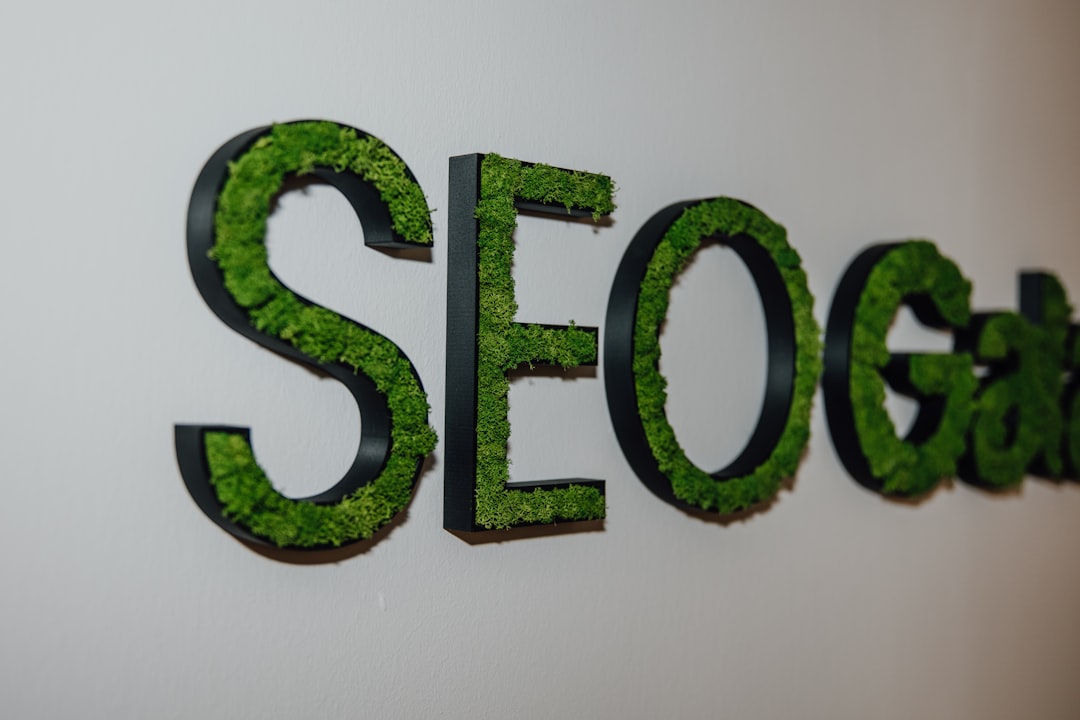In today’s competitive Software as a Service (SaaS) market, establishing a content-rich, strategically designed resource center is no longer optional — it’s essential. A well-executed SaaS resource center not only builds trust and nurtures prospective buyers but also actively drives conversions. With increasingly informed buyers conducting more self-service research, your content hub can become the central touchpoint that transforms curiosity into commitment.
Why a SaaS Resource Center Matters
Decision makers are inundated with marketing noise and sales outreach. According to Gartner, B2B buyers spend only 17% of the buying journey meeting with vendors. The remaining time is spent researching online independently. This means your resource center may serve as the first and most frequent point of contact a potential customer has with your brand.
But not all resource centers are created equal. Some sprawl into disorderly content libraries, while others look polished but lack utility. The most successful SaaS brands use their resource centers to educate, persuade, and convert. They treat them not as content archives, but as high-performance revenue drivers.
The Pillars of a High-Converting SaaS Resource Center
To design a resource center that consistently drives leads and conversions, focus on these core pillars:
- Content Quality & Relevance
- User Experience & Navigation
- Search Engine Optimization (SEO)
- Conversion-Driven Elements
- Personalization & Engagement
1. Content Quality & Relevance
Simply publishing blog posts and gated PDFs is not enough. The resource center must contain content that aligns with the buyer’s journey — from awareness to decision. Invest in a wide variety of formats, such as:
- Case studies — Real-world proof of your product’s value.
- Whitepapers — Deep dives into industry problems and how to solve them.
- Webinars & videos — Great for engagement and education.
- Product tutorials — Help users envision using the platform.
- Interactive tools or calculators — Useful, self-service content breeds trust.
Meaningful content should address the customer’s pain points, not just promote your product’s features. When someone lands in your resource center, they should immediately feel understood and helped.

2. User Experience & Navigation
A technically sound and visually clean experience can significantly influence engagement and time-on-site. If the user can’t quickly find relevant information, they’ll bounce.
Ensure your resource center has:
- Clear filtering tools (by topic, format, industry, or buyer stage)
- Search functionality that’s intuitive and fast
- Consistent content formatting for readability
- Mobile-optimization
Minimalism serves you well here. Reducing clutter and streamlining access to key resources increases usability. Aim for a layout that allows the user to easily skim, select, and engage.
3. Search Engine Optimization (SEO)
Even the best content is invisible without search optimization. Your resource center should serve as a long-tail keyword factory, creating a steady pipeline of inbound, organic traffic.
Key SEO tactics include:
- Keyword-rich headings and titles
- Meta descriptions and alt tags
- Internal linking strategy that connects related content
- Fast page loads and secure (HTTPS) connections
- Structured data markup for articles and videos
Remember that Google prioritizes helpful, people-first content. Maintain keyword focus, but never at the expense of clarity or value.
4. Conversion-Driven Elements
While a resource center must educate, it should also generate leads and sales proactively. Subtle, well-placed conversion opportunities can make a dramatic difference.
Consider integrating:
- Gated content with value-driven lead magnets
- Exit-intent popups offering a relevant download or free trial
- Slide-in CTAs as the user scrolls valuable content
- Contextual product mentions connected to the content theme
- Live chat or chatbot to assist the user in real time
You must find the balance — push too hard, and you’ll turn visitors away; don’t push at all, and you’ll leave leads on the table. Smart SaaS companies build trust first, then ask for engagement.

5. Personalization & Engagement
No two prospects are alike, and your content strategy should evolve alongside your users’ behaviors. Leverage personalization tools that customize the experience based on:
- Industry or company size
- Previously viewed content
- User location and language
- Referral source (email, ad, organic search)
On the engagement side, make your best content interactive. Incorporate dynamic video, interactive infographics, and assessments that provide value in exchange for information. Recommend new content based on what was just consumed, similar to how Netflix or YouTube operate.
Measuring Performance and ROI
To manage your resource center like a revenue asset, you need rigorous performance tracking. Go beyond vanity metrics and measure outcomes tied directly to pipeline and revenue.
Key performance indicators (KPIs) to track include:
- Content engagement rate (scroll depth, time on page)
- Lead conversion rate per content type
- MQLs and SQLs generated from content viewers
- Average deal size from content-generated leads
- SEO traffic growth for resource URLs
Use A/B testing to optimize each element against real-world user behavior. What headline drives more form submissions? Which case study layout generates more demo requests? Continuous iteration is key to long-term success.
Examples of Successful SaaS Resource Centers
Several SaaS companies have set the gold standard for resource centers. Here are a few worth analyzing:
- HubSpot: Offers a clean layout, with content categorized by need, business type, and format. Their lead magnets are plentiful, and their blog alone contributes to massive organic reach.
- Intercom: Gorgeous design and clear storytelling across webinars, podcasts, and how-to content. Their call-to-actions feel native, not intrusive.
- Zapier: Combines education with practical tools, including integrations directory, how-to guides, and a searchable help center.
Each of these brands matches user intention with the right content — and they convert by providing consistent, measurable value at every stage of the funnel.
Final Thoughts
A SaaS resource center is more than just a content library. When designed with strategy and user intent in mind, it becomes a sophisticated vehicle for trust, engagement, and growth. Focus on relevance, usability, and conversion optimization, and your resource center can become one of the highest-performing assets in your marketing toolkit.
In a market crowded with competition, companies that turn education into empowerment — and attention into action — will be the ones that win.



